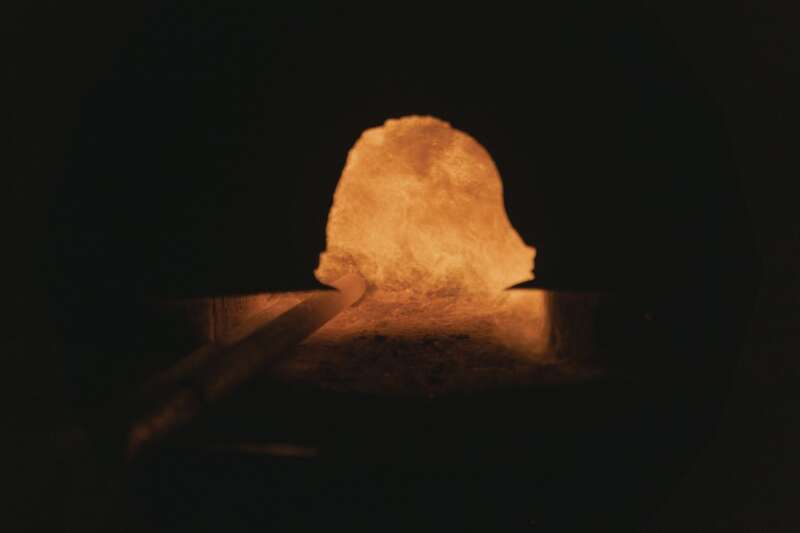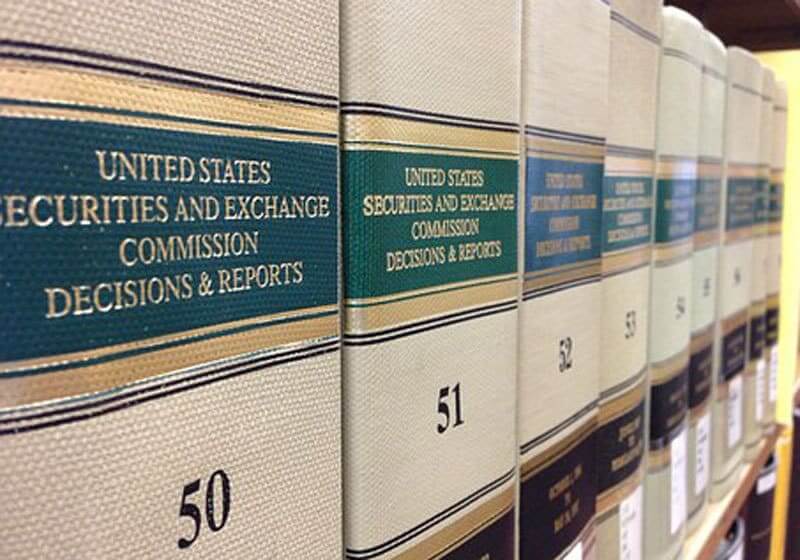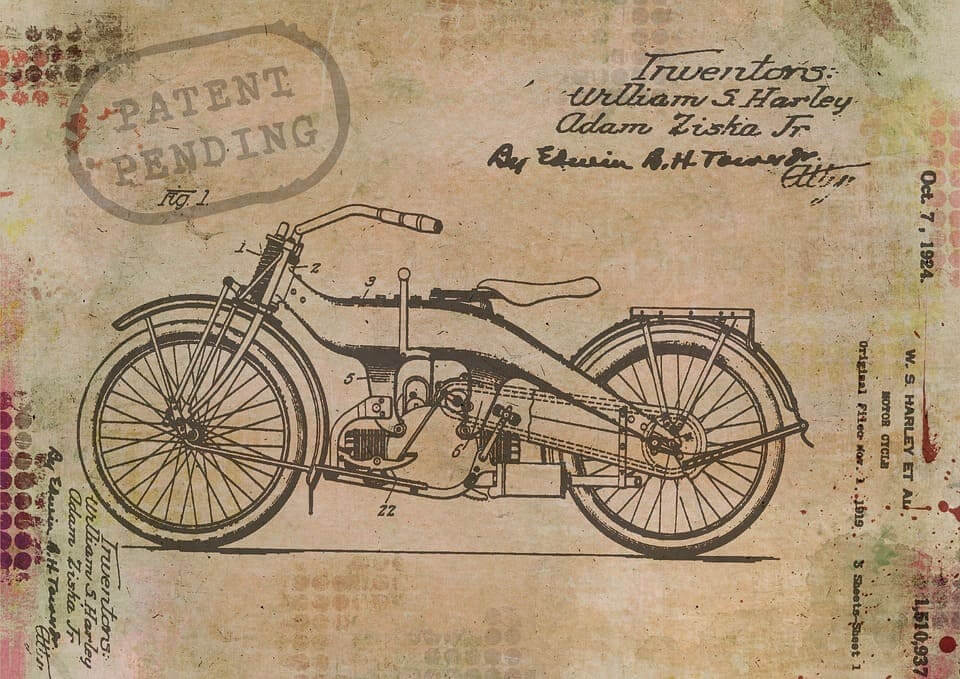Blacksmithing, an ancient craft that involves shaping and forging metal, has played a significant role throughout history. From creating essential tools to crafting ornate metalwork, blacksmiths have left their mark on various societies. Beyond the artistry and craftsmanship, blacksmithing has also been involved in intriguing legal cases that have shaped the industry’s practices and regulations. In this article, we will delve into some of the most famous legal cases in blacksmithing, highlighting their impact and relevance.
1. The Case of the Accidental Fire: Johnson v. Smith (1803)
One of the earliest documented legal cases involving blacksmithing is the case of Johnson v. Smith. In 1803, a fire broke out in a blacksmith’s shop in a small town, causing significant damage to neighboring properties. The owner of the shop, Johnson, was sued by Smith, a neighboring property owner, for negligence in maintaining his forge. This case brought attention to the responsibility blacksmiths hold for fire safety measures and maintaining proper working conditions to prevent accidents.
2. The Patent Dispute: Bessemer Process (1850s)
Henry Bessemer’s revolutionary Bessemer process, a technique for mass-producing steel by converting iron into steel using oxygen, transformed the steel industry. However, this innovation was not without legal challenges. Bessemer faced patent disputes over the legitimacy of his patent and the method’s authenticity. The legal battles surrounding the Bessemer process highlighted the complexities of protecting intellectual property in the blacksmithing and metallurgy fields.
3. Labor and Safety Rights: United Steelworkers v. Smith Foundry (1938)
In the 20th century, labor and safety rights became significant issues in various industries, including blacksmithing. The case of United Steelworkers v. Smith Foundry (1938) showcased the importance of worker safety and the rights of labor unions in the blacksmithing industry. The case led to improvements in workplace conditions, safety standards, and the recognition of workers’ rights, setting a precedent for the broader manufacturing sector.
4. Environmental Concerns: Pollution Regulation in Metal Forging (1980s)
As environmental awareness grew, the blacksmithing industry faced legal challenges related to pollution and waste disposal. The 1980s saw several legal cases focusing on pollution caused by metal forging processes, prompting regulatory agencies to introduce stricter guidelines for waste management and emissions control. These cases highlighted the necessity for environmentally responsible practices within the blacksmithing trade.
5. Trademark Disputes: Artist Blacksmiths Association of North America v. ABANA (2000s)
In the modern era, legal battles extended into the realm of trademark disputes. The case between the Artist Blacksmiths Association of North America (ABANA) and the Artists-Blacksmiths Association of North America (ABANA) shed light on the importance of trademark protection within the blacksmithing community. This case highlighted the significance of proper branding, intellectual property, and distinct organizational identities in the field.
Conclusion
The history of blacksmithing is not only characterized by its craftsmanship but also by legal cases that have shaped the industry’s evolution. From fire safety and intellectual property disputes to labor rights and environmental concerns, legal cases in blacksmithing have reflected the broader societal changes and challenges faced by various industries. These cases have contributed to the development of regulations, safety standards, and ethical practices within the blacksmithing trade, ensuring its continued growth and relevance in a changing world.





